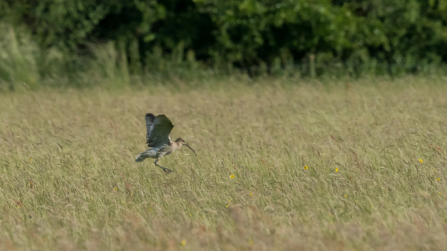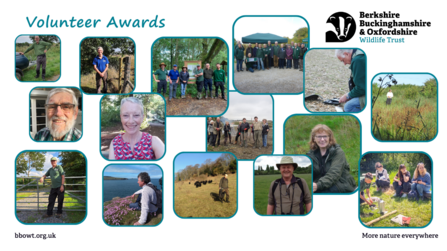Our fantastic army of 140 surveyors helped undertake 225 planned priority surveys on 75 of our nature reserves this year. The data collected will continue to help inform our habitat management work as well as contribute to regional and national recording schemes.
Without the help of our surveyors, we would have far less knowledge of the species present on our reserves, how their populations are changing over time as well as the condition of our key habitats.



